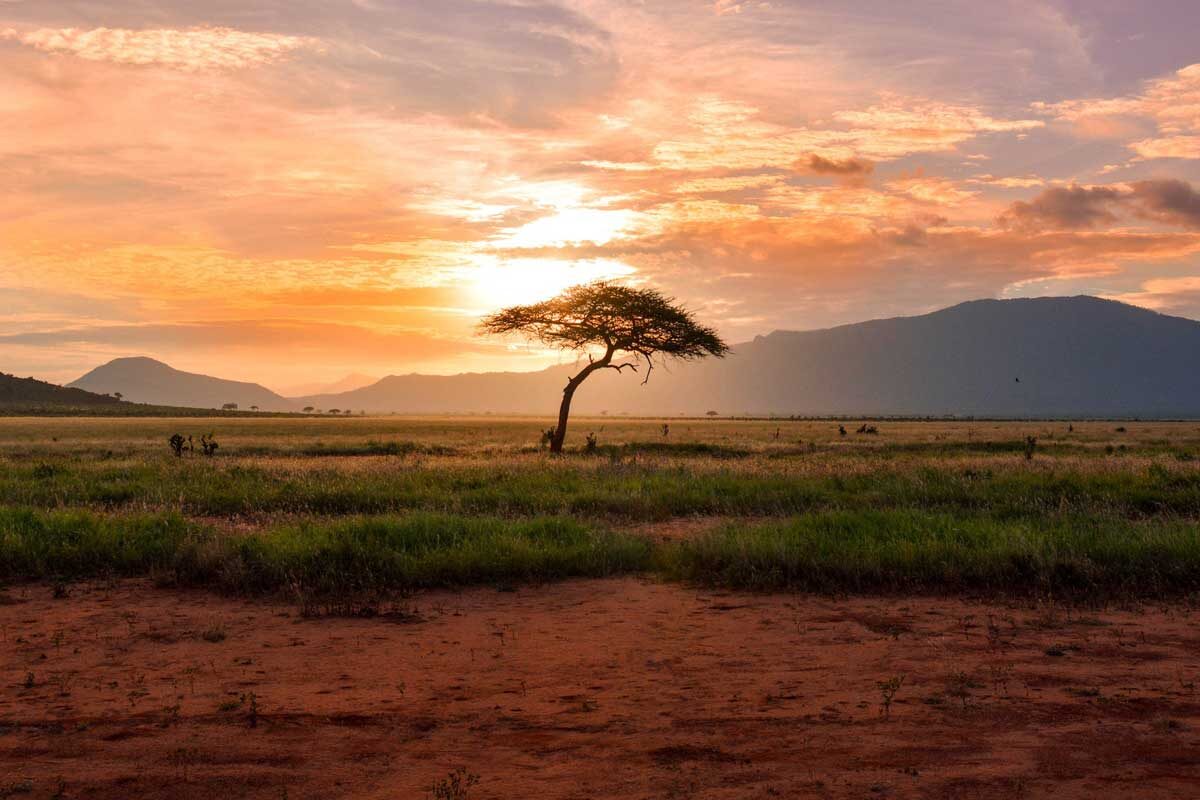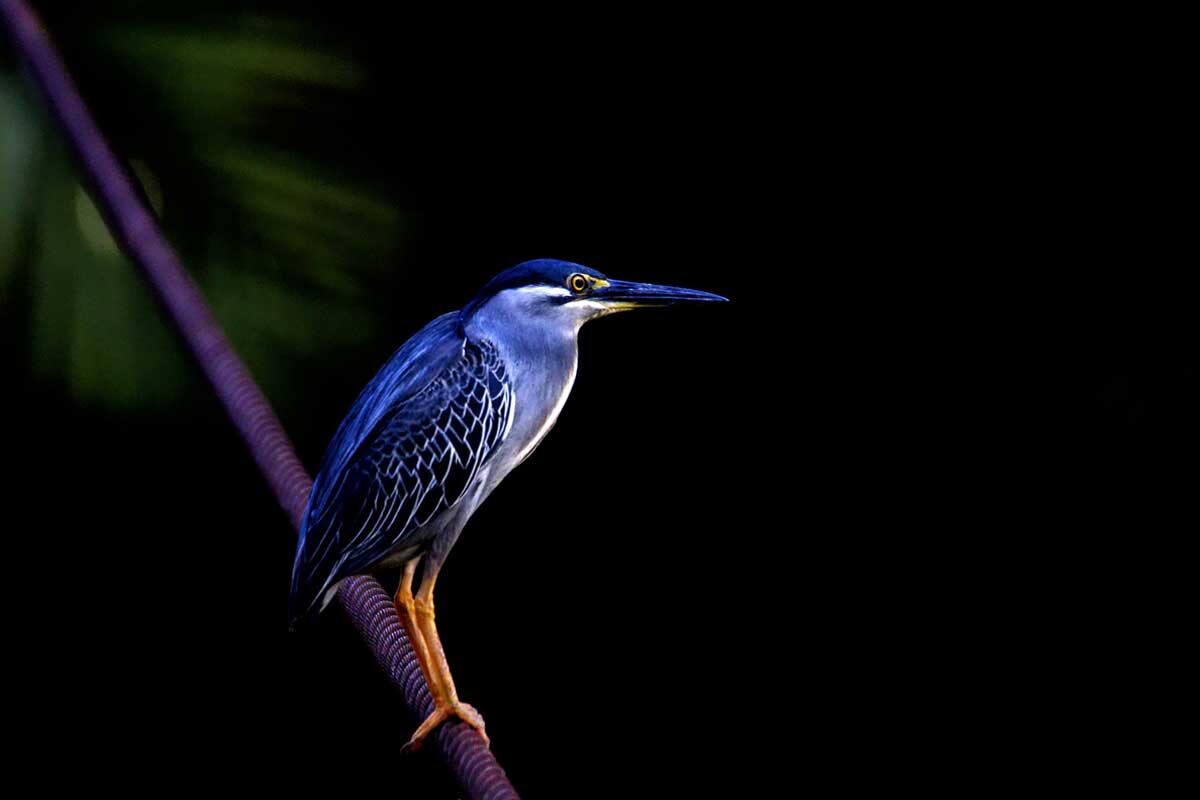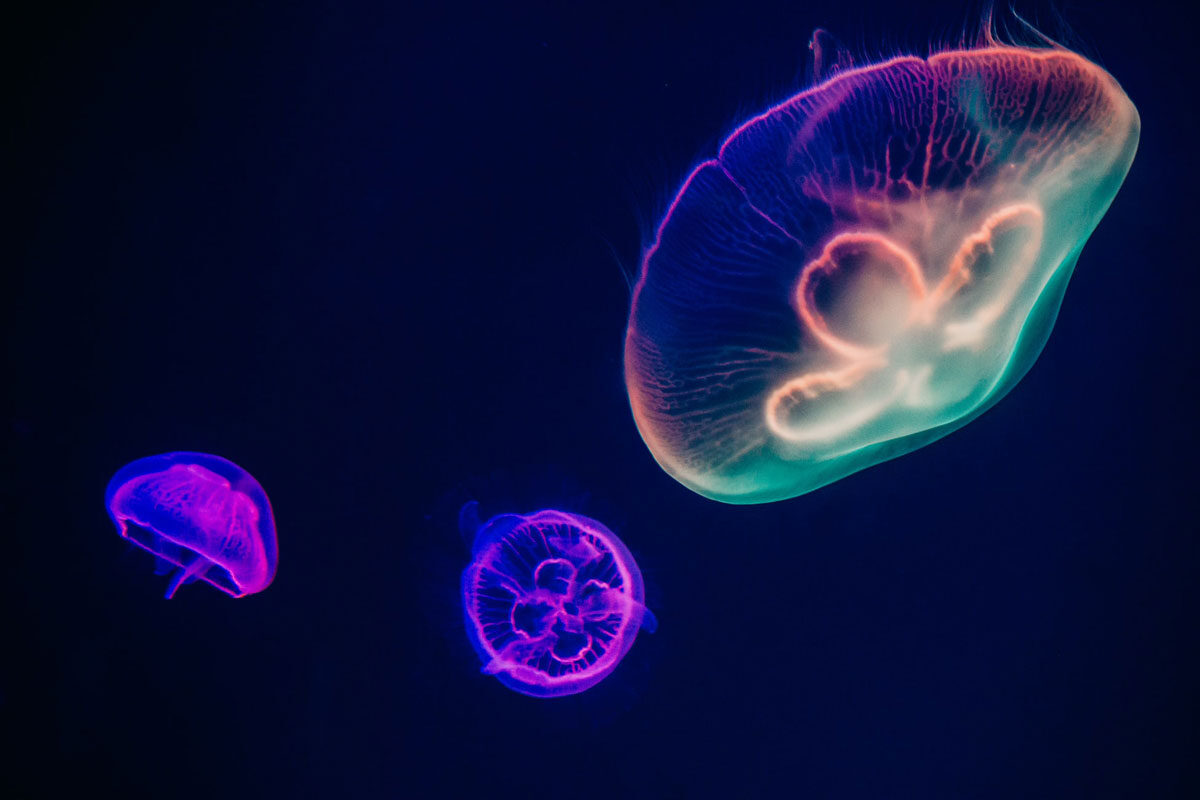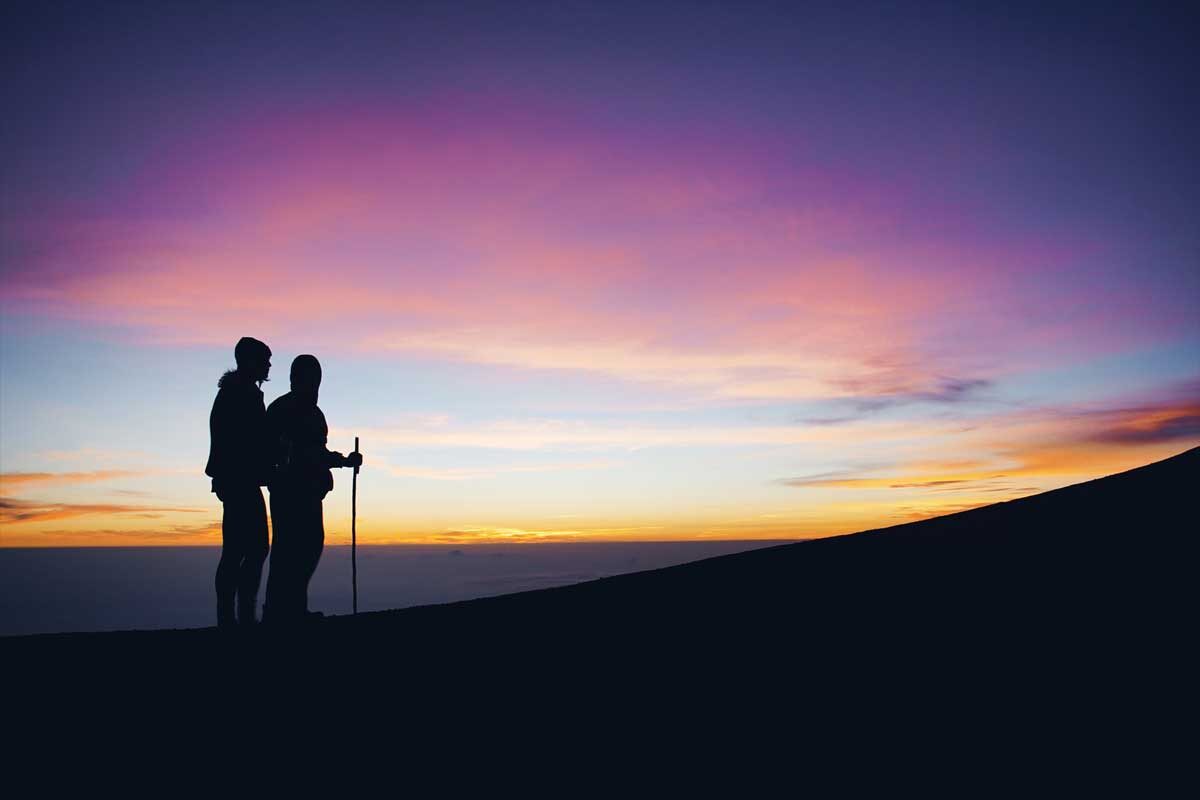Known for exceptional wildlife guides and of course the magnificent Victoria Falls, Zimbabwe has offered excellent wildlife safaris for years.
The people of landlocked Zimbabwe are amicable, warm and welcoming. The tourist areas are safe to travel in, and well established despite the political turmoil of the first two decades of the 21st century. Two significant rivers form Zimbabwe’s northern and southern borders. As a result of their location, the national parks are clustered mainly in the north, west and south of Zimbabwe.
In the north is the Zambezi River forming a natural border between Zambia and Zimbabwe. Together, these two countries share the magnificent natural world wonder – Victoria Falls. The Zambezi River cascades 108 metres into the Batoka Gorge, a must-see, with viewpoints on both the Zimbabwean and Zambian sides. Nearby, Hwange National Park offers exceptional safaris, part of the larger Chobe ecosystem, allowing elephants to roam freely between Botswana and Zimbabwe. Lake Kariba, formed by a dam on the Zambezi, features safari camps on islands, while Matusadona National Park is known for its diverse wildlife.
Chizarira National Park, remote and wild, is home to rolling hills and deep gorges. Mana Pools National has stunning scenery and wildlife, whilst Matobo offers a moonscape of granite hills. Great Zimbabwe Ruins remain a mystery, near Gonarezhou National Park, known for its wild bush atmosphere. In The Eastern Highlands there are exceptional birding opportunities, with varied vegetation and scenic beauty.

















